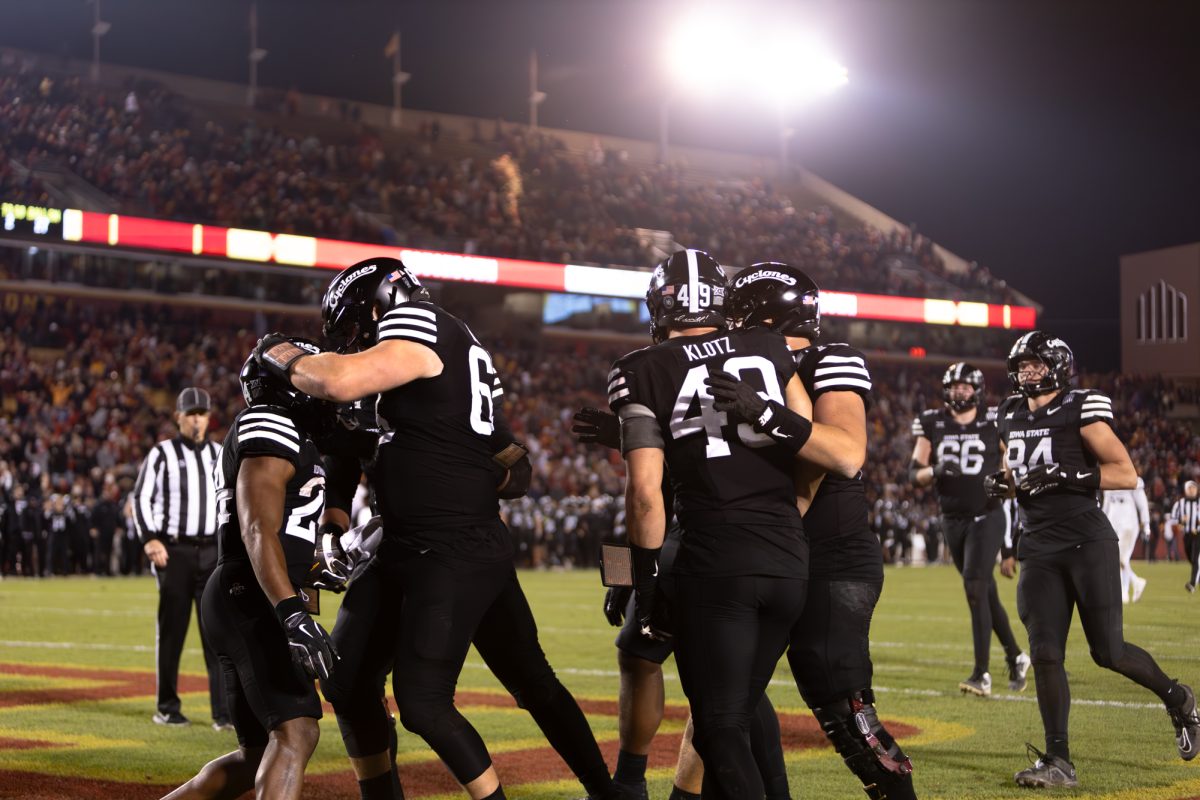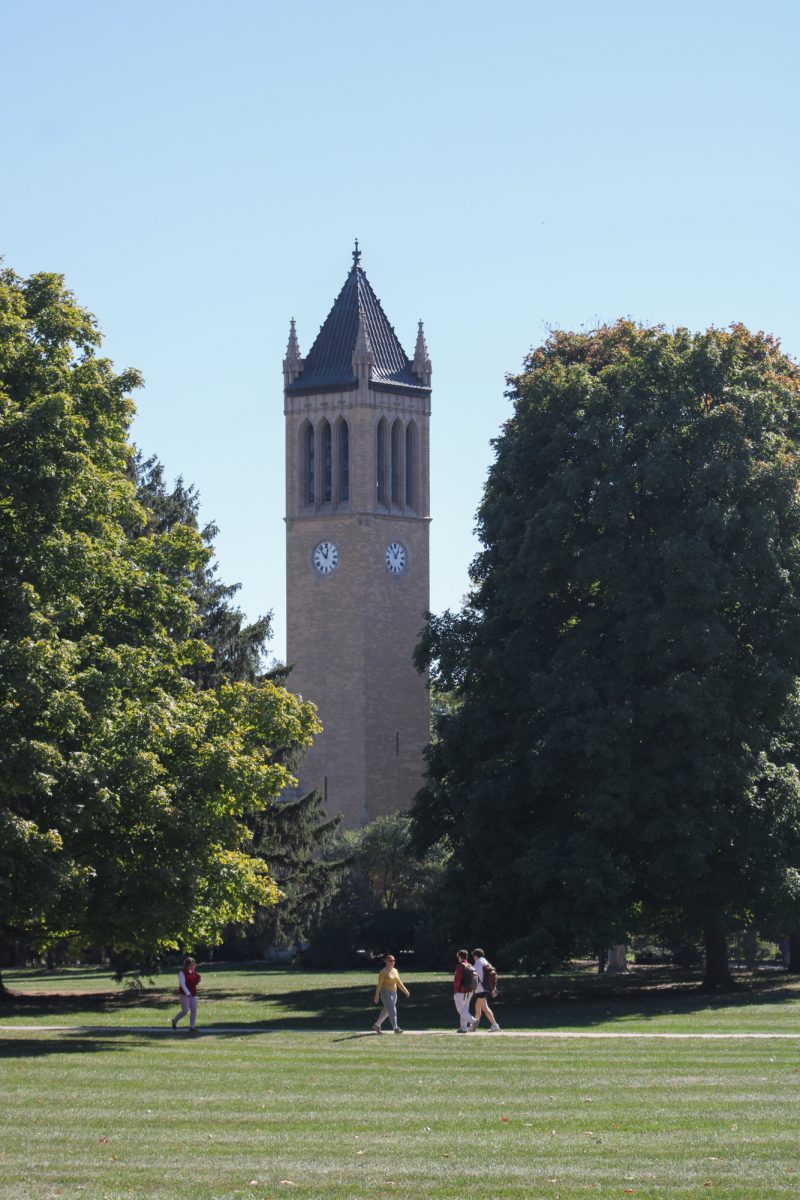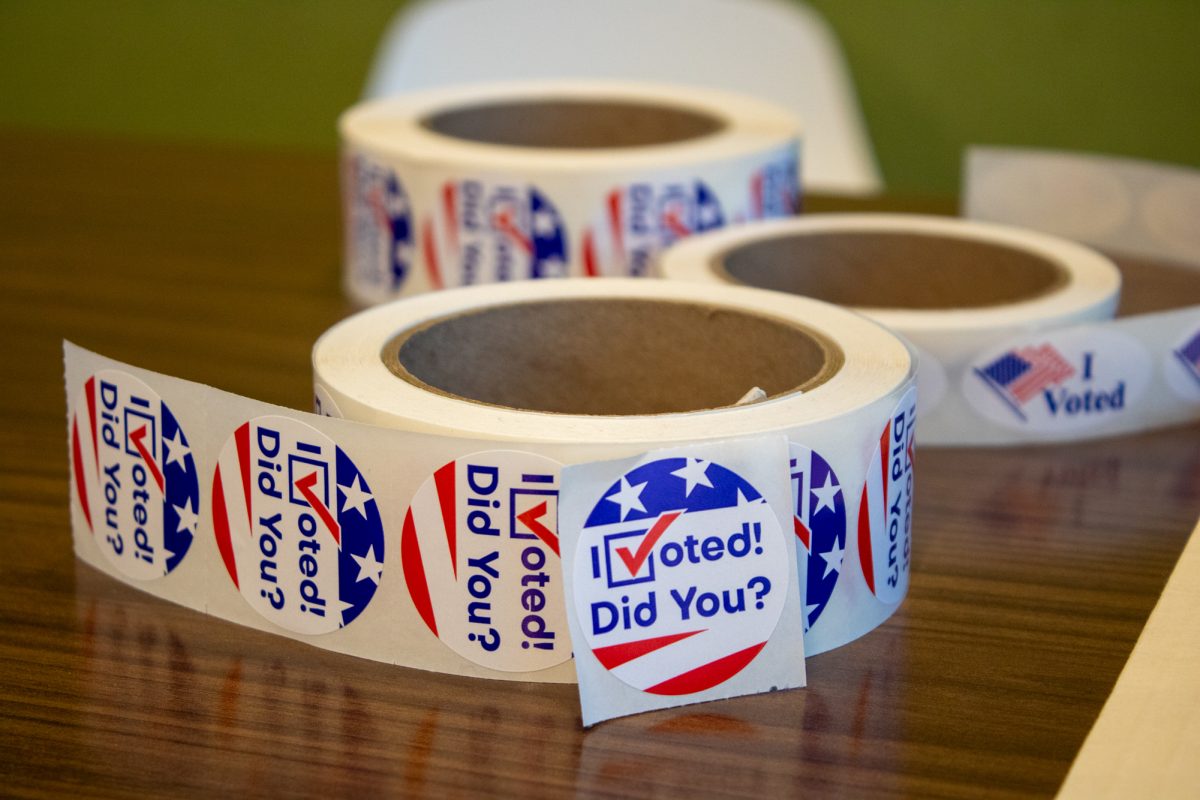Research has experts rethinking gym class
July 11, 2007
They may not be gym class heroes, but two Ohio researchers have been making waves with a study challenging the typical physical education class.
A study conducted by Brian Hortz and Rick Petosa has called to attention the need for a revamping of traditional P.E. classes. The study suggests students exercise more on their own outside of school if some time is allotted during class to learn how to create personal exercise programs.
“For years I have seen P.E. programs that had no lasting impact on the physical activity behavior of the individuals that take them,” said Hortz, assistant professor of physical education at Denison University. “So the attempt to integrate more self-directed approaches seemed a reasonable place to start.”
To test this theory, Hortz met with a group of 143 students from one high school during their P.E. class. During the weekly meetings, which were held over a period of eight weeks, the students learned how to develop an individual exercise plan instead of participating in the usual sports-related activities of the class.
For one week prior to and one week following the intervention, students kept a journal, recording their physical activity outside of school hours.
Students from a different high school, used as a control group, also completed the fitness journals. These students, however, only participated in their normal, sports-oriented P.E. class for the eight-week period.
Before the intervention, nearly half (46.9 percent) of the students said they spent no time exercising outside of school. At the program’s conclusion, that figure had dwindled to 9.1 percent, according to the Ohio State University News Research Web site.
Petosa said these figures reflect their most significant finding – removing the competitive sports context from physical activity encouraged previously sedentary students to become more active.
One thing experts agree on is that schools provide one of the best weapons for fighting the alarming youth obesity figures. However, according to a statement by the American Heart Association, in 2000, only 5.8 percent of high schools provided P.E. for the recommended amount of time per week as mandated by state school curricula.
The state of Iowa requires that high school students receive at least 50 minutes of P.E. per week, according to the Iowa Association for Health, Physical Education, Recreation and Dance. At Ames High School, P.E. classes meet twice a week for 48 minutes.
What experts don’t agree on is the best way to get children moving. The fight is mainly two-sided: those who emphasize the “education” in physical education, like Hortz and Petosa, and those who lean toward the sports model.
Hortz and Petosa suggest a curriculum in which students participate in all parts of a sport, playing roles including athlete, coach, official and equipment manager. This role-playing ensures that the less athletically talented get the same opportunities as the superstars. In addition, aspects of sports such as friendship and affiliation are stressed.
This model encourages children to participate just because it’s fun, said Katherine Thomas, associate professor of kinesiology.
As far as lifelong benefits go, Thomas said many people are better at adhering to fitness through sports than through exercise. This is confirmed by a quick look down the hall from her office in the Forker Building.
“If you come in this building any day at noon, you can go into the gym and you’ll see 50- and 60-year-old men playing basketball,” Thomas said.
Thomas supports the study’s findings regarding the importance of fitness principles being learned in the gymnasium, rather than in health class.
“The studies clearly show that those messages are more effective in the gym than they are in the classroom,” Thomas said.
Amy Welch, assistant professor in exercise psychology, agrees the personal fitness approach has its advantages.
“I think what this program appears to do well is it helps students to identify what they prefer and what they like to do rather than being told,” she said.
By making their own decisions and taking control of their fitness, students’ self-motivation and self-efficacy increase, she said. From her own research experience, Welch knows many people are lost when it comes to finding the right exercise regimen.
“They tend to be a little bit clueless about what kind of exercise to do and what they should be doing,” Welch said.
In the 2006-2007 school year, the physical education department at Ames High School employed its own version of the educational model with a trial class, Personal Fitness.
Echoing the method of Hortz and Petosa’s study, Personal Fitness students completed activity calendars each month to document their physical activity and gauge their progress toward their fitness goals. The class was offered as a freshman course.
“We want to set the foundation [during] freshman year for lifetime fitness,” said Jesse VonBehren, Ames High School physical education teacher.
In that period, students wore heart rate monitors to measure their cardiovascular activity.
“They need to know how to play games for the social aspect, but it’s also important for them to get their heart rate up for 30 minutes,” VonBehren said. “Motivating them to actually do that in the class period that we have is more difficult with those students who aren’t interested or are unskilled.”
To relieve the motivation problems in the typical P.E. class, the course exposes students to as many activities as possible so everyone can find one to enjoy.
Dustin Thorson, senior in health and human performance, loved gym class so much he is now studying to become a P.E. teacher.
After reading about the study, Thorson said he would like to see his courses include a greater emphasis on lifetime fitness. The important thing, he said, is changing students’ perspectives on exercise.
“If you diminish the ‘I have to be a jock’ rule, everyone can learn that they can be physically active,” Thorson said.






